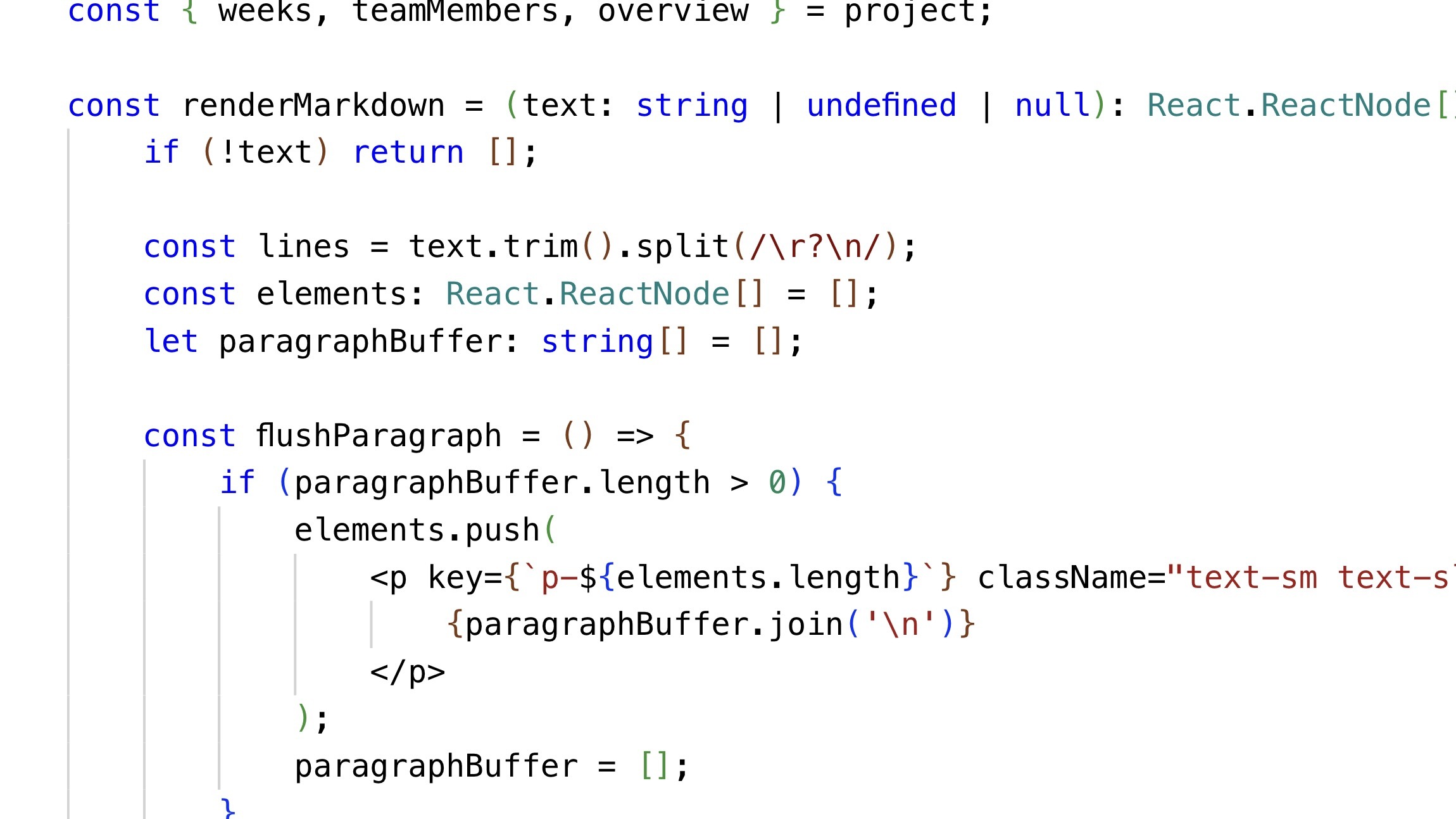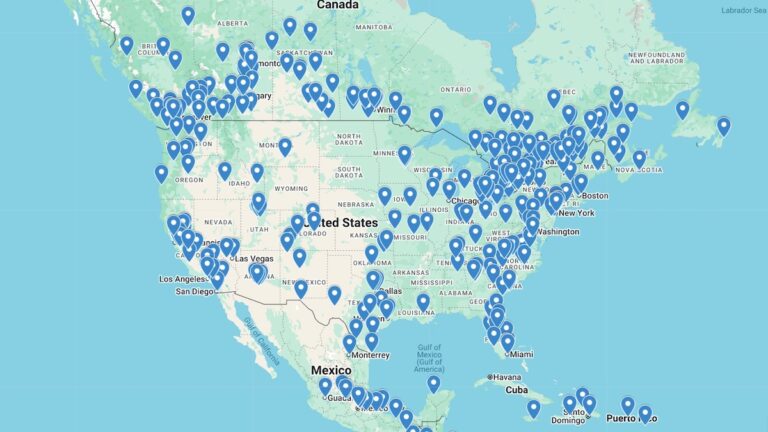
We’ve had a blast building a scalable AI framework to shift focus from procedural tasks to creative execution and community impact.
Empowering Northern and Rural Arts Groups Through Agentic Automation
WINNIPEG, MANITOBA – This summer, a dedicated team of artists and local innovators has been applying sophisticated approaches to artificial intelligence. The mission? To equip small, northern, and rural arts organizations and collectives with advanced automation tools, tackling long-standing administrative and capacity challenges head-on. The works builds on foundational applied AI research over the last year seeded with support from the OpenAI Researcher Access program and funding from the Ontario Arts Council.
This team has been hard at work, enjoying the creative process of developing AI-powered systems that promise to shift how under-resourced arts groups manage their projects and secure funding. The core of this innovative work lies in the unique application of Agentic Design—a methodology that leverages intelligent agents to create systems capable of autonomously managing complex administrative and creative workflows.
“We’ve had a blast,” said Jamie Bell, a Winnipeg-based interdisciplinary artist and one of the project’s lead developers. “The goal was always clear: how can artists and arts organizations leverage the incredible power of AI to directly benefit incredibly talented but often administratively stretched arts communities in northern and rural Canada?”
Unlike traditional AI applications that might assist with singular tasks, an “agentic” system is designed to act as a digital team member. It can interpret high-level user intentions and then independently execute a series of actions, making decisions and generating comprehensive outputs without constant human oversight. For a small arts collective, this means an AI “co-pilot” can take a nascent idea for a new project and transform it into a fully-fledged strategic plan, complete with grant-compliant documentation, financial models, and operational schedules.
What is Agentic Design?
At its heart, Agentic Design focuses on creating AI systems that exhibit a higher degree of autonomy and proactive problem-solving. Imagine an AI not just as a calculator or a word processor, but as a project manager, a grant writer, or even a strategic planner. It’s about empowering an AI system to understand broader goals and orchestrate multiple steps to achieve them, much like a human specialist would.
“The beauty of Agentic Design is that it allows AI to simulate an entire cross-functional team,” said Bell. “From understanding the nuances of a grant application to developing a detailed budget and timeline, theses systems handle a lot of the heavy lifting. This frees up invaluable time and resources for artists and administrators, allowing them to focus on their creative work and community impact, rather than getting bogged down in paperwork.”
“One example we focused on involves publishing,” explains Bell, “Unlike AI tools that generate images or creative content, our system focuses on typesetting and layout design. This automation allows an author to go from a rough manuscript to a print-ready file in a fraction of the time, making publishing far more accessible. It’s a perfect example of how agentic AI can reduce the human effort required for these time consuming tasks so artists can focus more on creating and building capacity.”
The inspiration for this project stemmed from the recognized administrative hurdles faced by smaller arts organizations outside major urban centres. These groups often operate with limited staff and budgets, making it challenging to compete for funding or manage complex projects. The team recognized that democratizing access to high-level planning and administrative support could significantly boost their institutional capacity.
In automating resource-intensive administrative processes, the project aims to lower the barrier to entry for securing grants and executing ambitious projects. The team looks forward to sharing more details about their groundbreaking work and its impact on the Canadian arts scene in the coming months.





